Putting your cat to sleep is an incredibly hard decision and we’re often left wondering what cats experience in these last moments.
If you’re about to make a decision on whether or not to put your cat to sleep, please do talk to your vet first to make an informed decision.
In case the quality of life is non-existent, euthanasia might make sense but often, it’s still possible to prevent a cat from being put to sleep just by getting a second opinion.
However, if your cat was already euthanized or there’s just no sliver of hope, you’ll probably want to know what your feline will feel.
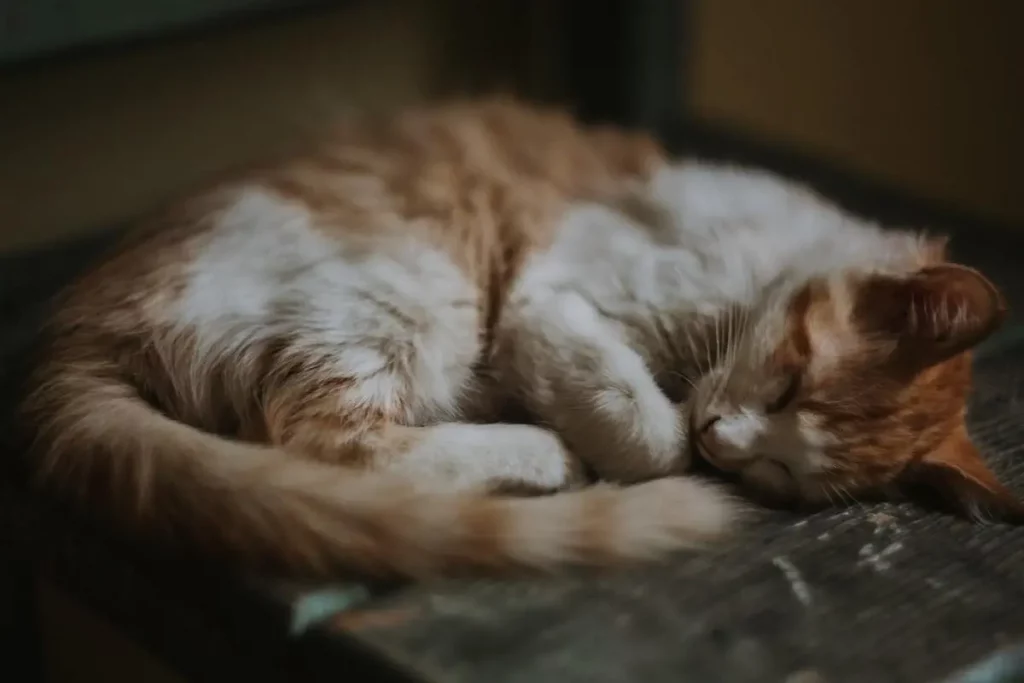
Did My Cat Know He Was Being Put To Sleep?
Cats do not know they are being put to sleep, but they can react to underlying pain when being handled by the vet, sense nervous energy, react to the injection, involuntarily vocalize, or have muscle spasms.
A cat has no way of knowing that euthanasia is about to happen as the concept of ending a life by injection is not known to felines.
What happens most often is that cat owners think their cat knows he’s being put to sleep because they react to the pain caused by their underlying condition.
Nervous energy emanating from your cat can also be observed if your cat generally dislikes the vet.
Felines who dislike injections particularly might seem incredibly fearful after sighting one.
It doesn’t even have to be the sting from the injection or the solution passing through the cat’s body, it can be as simple as your cat sighting the tools.
Furthermore, cats might also feel the nervous energy of their owners.
Euthanizing a beloved furry family member is certainly one of the most emotional days in the life of many cat owners.
This negative association with the vet or injections might then be interpreted by a cat owner as a cat knowing he was being put to sleep when they, in fact, just reacted negatively to stimuli.
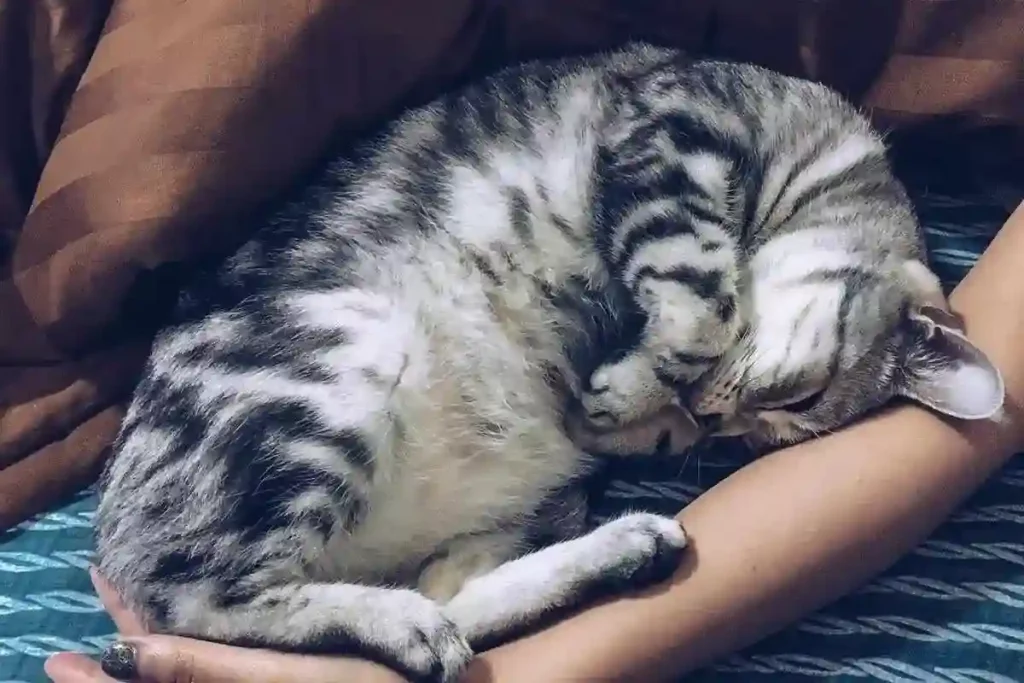
That being said, cats often react to the injection itself.
As the euthanasia solution passes through your cat’s body, they undergo various stages where they may react sensitive to noise or touch, paddle with the legs, or even vocalize.
Vocalization is often misinterpreted as a sign of the cat knowing that he is being put to sleep when it is nothing more than an involuntary response.
All this happens within seconds and your cat is quickly unconscious.
While cats don’t know they’re being put to sleep, it can be argued that they do have a sense of when their last days have arrived.
This is commonly seen when cats behave strangely before dying.
Cat Struggled During Euthanasia: 6 Reasons
Cats struggle during euthanasia mainly due to general anxiety, pain caused by underlying conditions, failure to properly administer the solution, usage of non-approved sedatives, or reaction to sedatives.
To avoid your cat struggling during euthanasia, there are a few things you can do.
However, if everything is done properly and a cat is vocalizing or twitching, it might be nothing to worry about if it happens after the injection was given and the cat is already unconscious.
Anxious at Vet
Cats often struggle during euthanasia at the vet’s practice due to negative experiences in the past, discomfort when being handled by strangers, or fear of injections.
Pain
If your cat had an underlying condition, chances are high that your pet struggles during euthanasia due to that medical issue.
Cats with arthritis or cancer can sometimes have difficulty moving, let alone being handled.
Many owners interpret the last whelp or pleading kitten eyes as a cry for help but it’s usually just a reaction to the pain you’re trying to shield them from.
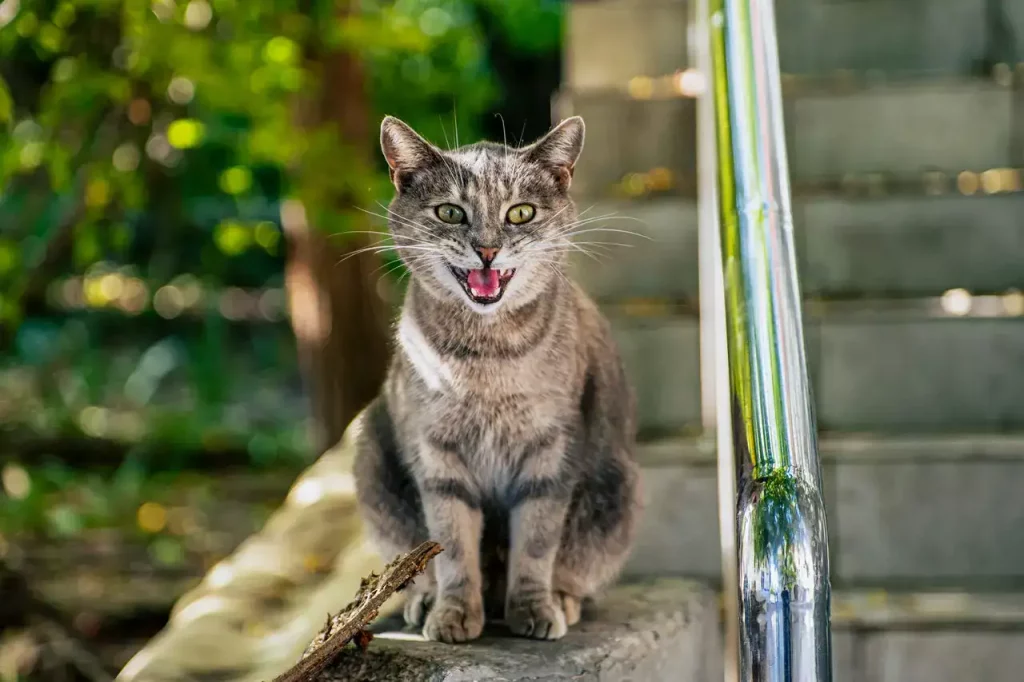
Pain as a cause would be known to the owner beforehand and is often the reason euthanasia is considered in the first place.
Veins Hard To Find
Veins that are hard to find due to dehydration, low blood pressure, or simply constricted veins in seniors can cause your vet to repeatedly poke the same area again and again.
While this shouldn’t happen with an experienced vet, some cats’ veins are just harder to pin down than others.
A squirming and wiggling cat aggravates the situation which is why it’s always best to talk to your vet if you know about a potential issue with your cat’s veins.
Solution Not Properly Administered
In cases where the solution isn’t properly administered and isn’t completely going into the vein, your cat may feel that burning sensation.
Another possibility is that your cat simply feels the solution entering the veins due to the difference in temperature.
This feeling is comparable to what humans feel with IV fluid but can escalate into a very serious situation for cats unfamiliar with that sensation and they seemingly put up a fight.
Non-Approved Sedatives
Sodium Pentobarbital is recommended for euthanizing cats but some vets choose to administer two injections with a pre-euthanasia sedative injected into the vein or muscle.
The Human Society euthanasia manual outlines two recommended sedatives: PreMix (Xylazine/Ketamine) and Telazol (Tiletamine/Zolazepam).
By the way, the AVMA has a similar resource.
While there’s a risk that your cat reacts to the solution, it’s increased if non-approved sedatives are used.
Some of these are not considered humane at all which is why they should be avoided.
If non-approved ones are used, your cat still doesn’t really know he’s being put to sleep but he’ll experience tremendous fear and the vitals might go through the roof.
Reaction to Sedative or Pentobarbital
Cats may react to the sting when a sedative is administered, as well as possibly react with spasms, seizures, or strange behaviors such as bobbing their head.
Sodium Pentobarbital is most commonly used across the USA and can be paired with a pre-euthanasia sedative.
After administering, there are a couple of stages your cat will go through.
- Voluntary Excitement: The cat begins to lose consciousness, coordination, and ability to feel pain (deep pain is still possible) and may react sensitively to stimuli such as noise or touch.
- Involuntary Excitement: Moves through the cerebral cortex into the cerebrum where it may cause uncontrolled motor activity like paddling of the legs and vocalizations.
- Surgical Anesthesia: Inability to respond to visual or auditory stimuli, and reflexes (including eye blink and toe-pinch) begin to disappear, loss of pain.
- Medullary Paralysis: Enters brain stem only for euthanasia to depress core functions (breathing, heartbeat, and blood pressure)
All this happens in a matter of seconds (5 seconds for unconsciousness, 20 seconds to stop breathing, 40 to be declared “medically dead”).
The untrained eye probably won’t even recognize the progression from stage to stage as “clinical death” is achieved within 2 minutes.
Muscle twitching can still happen but if everything worked properly, it is not a sign of your cat struggling during euthanasia.
Discuss with your vet beforehand what specifically will be used and why.
Why Did My Cat Yowl During Euthanasia?
Cats can yowl during euthanasia due to pain when being handled, the needle pinching them, or adverse reactions to the sedatives.
Pain during handling mostly occurs with pre-existing conditions.
Similarly, cats who have been afraid around the vet their whole life will not react differently now, especially when they see the needle and feel it.
Some cats just yowl due to the feeling of having the sedative administered, whereas others have a truly adverse reaction to that specific sedative.
Horror stories of your cat struggling vehemently and screaming do happen but they’re rare.
However, the fact that not all cases get wrapped up with a thorough explanation leaves every cat owner with a sour taste in their mouth when going in to have their pet euthanized.
To minimize all risks, check the possible causes of cats struggling during euthanasia above, choose a vet you trust, and discuss the process thoroughly.
Do not ever hesitate to ask your vet a question, especially if it’s in regard to your beloved pet’s passing.
Putting My Cat Down Tomorrow How Do I Say Goodbye
If you’re planning to put your cat down due to extreme suffering, you can make sure they have an amazing last day and stay with them during the quick euthanasia process, possibly in your own home.
What you’ll do during your cat’s last day really comes down to what he or she liked doing most and what they’re able to do.
Some take their arthritic senior on a bike ride (in a bicycle trailer, of course) whereas others choose the ocean.
It can be anything your cat loves and an extravagant meal is also possible.
Some cat owners decide to feed their felines something “unhealthy” they usually wouldn’t give their cat and while that’s up to you, it may not be the best solution if you know your cat might get an upset stomach or even vomit.
Whether or not you’re holding your pet in your arms during euthanasia is also up to you.
Some cat owners prefer to be there for their cat’s last breaths and to reassure them while others feel like they’re too upset and that their cat would sense the sadness.
Personally, I will want to be there for my British Shorthair if I ever have to make that decision. Do what you think is best for your wonderful pet.
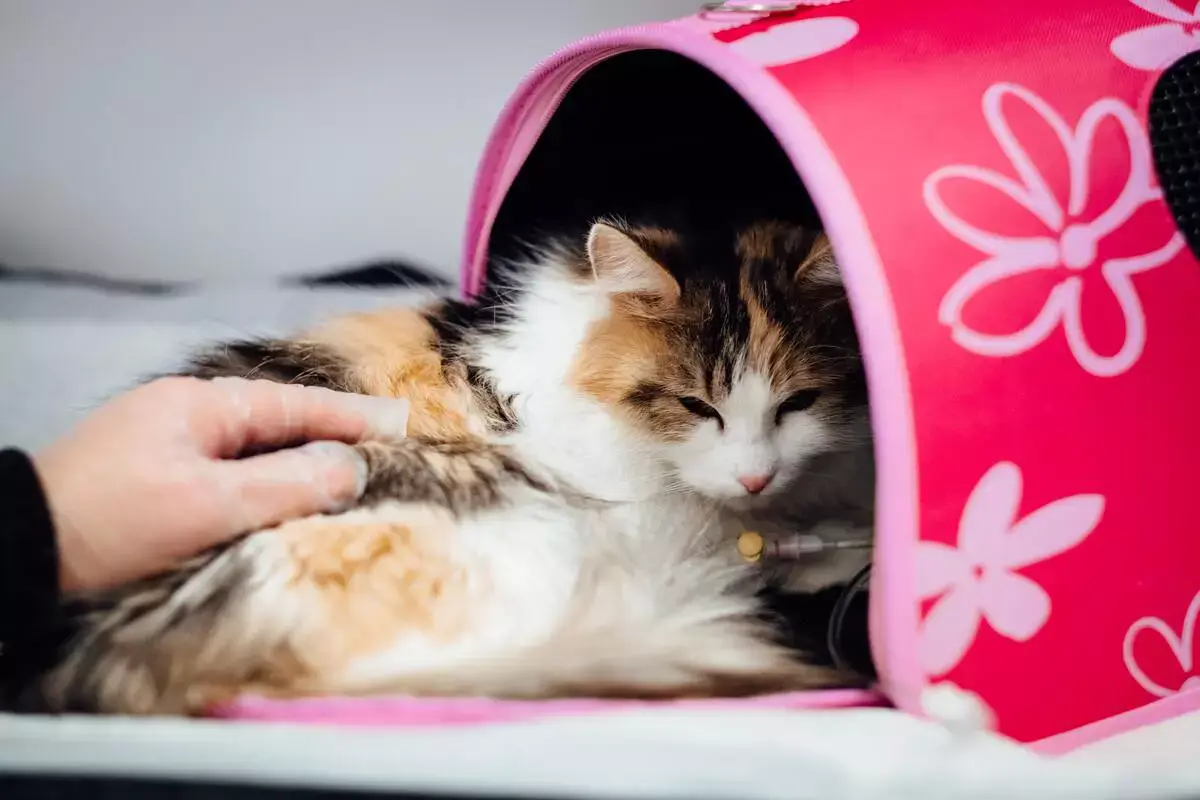
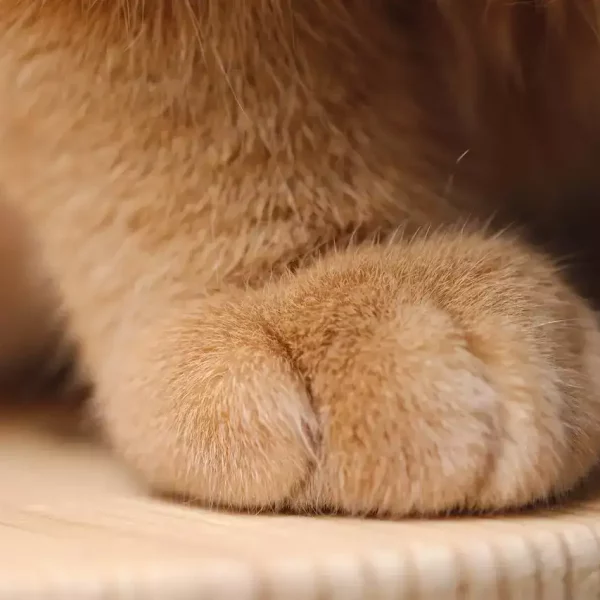
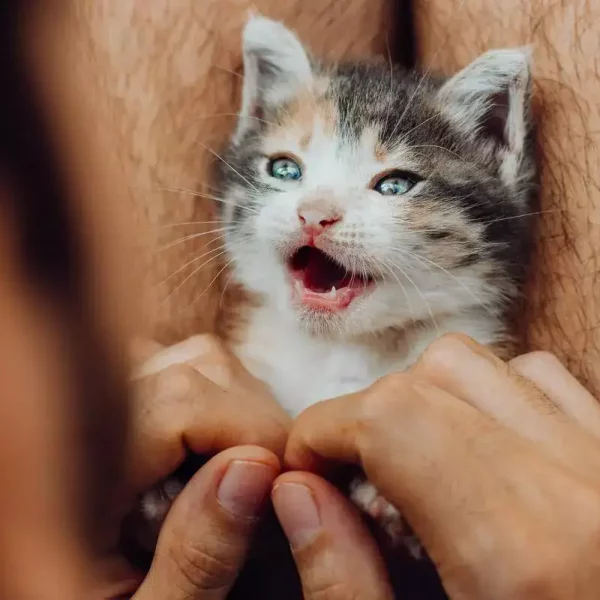
Leave a Comment